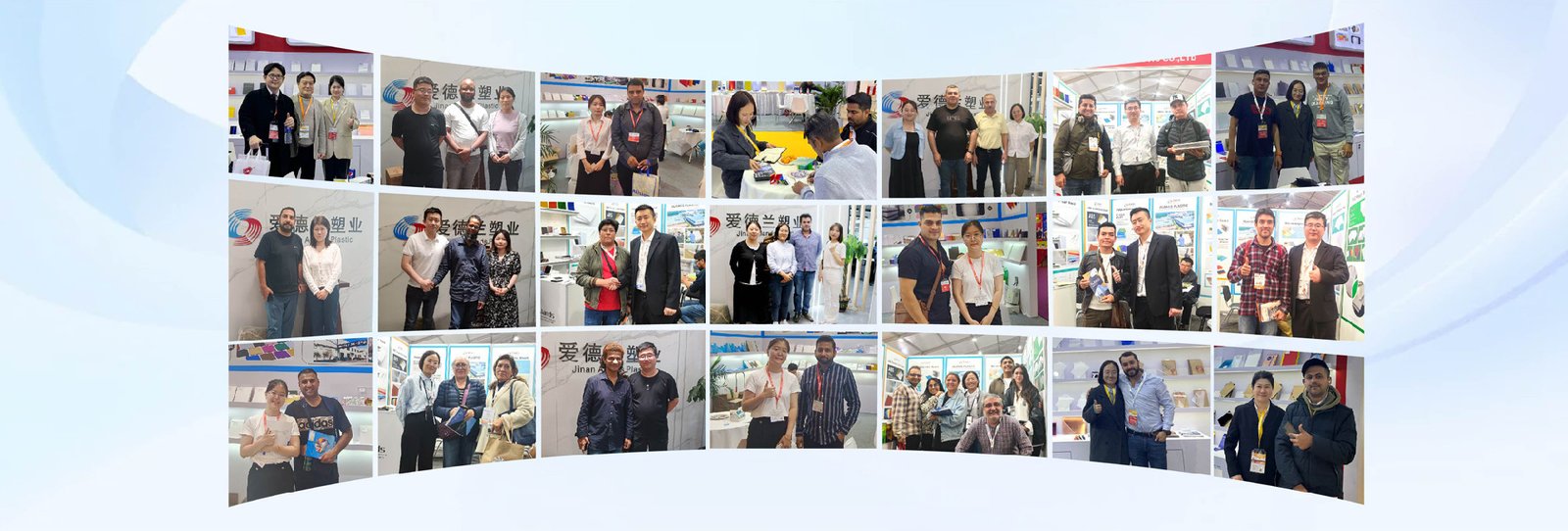What Are Colored Acrylic Sheets?
Colored acrylic sheets are solid or tinted plastic panels made from polymethyl methacrylate (PMMA). They are available in a wide variety of colors, opacities, and finishes, making them suitable for both functional and decorative applications. Compared to clear acrylic, the colored variant offers more visual options while maintaining similar durability and flexibility.
These sheets are commonly used in signage, interior design, lighting, and retail displays where both aesthetics and practicality are important.

Characteristics
Color Options: Available in opaque, translucent, and transparent variants.
Durability: Good impact resistance and weather resistance, similar to clear acrylic.
Workability: Can be cut, drilled, shaped, or engraved using standard tools.
Lightweight: Easier to handle and install than glass or metal.
Uniform Color: Pigment is distributed evenly throughout the sheet, not just surface-dyed.
Common Types
• Opaque Sheets: Block all light. Useful for signage, backing panels, or surfaces requiring complete visual separation.
• Translucent Sheets: Let light through but obscure details. Suitable for backlit signage or light diffusers.
• Transparent Sheets: Colored but see-through, similar to tinted glass. Often used in displays, partitions, or creative installations.
• Matte or Frosted Surface: Offers a low-glare finish and subtle appearance. Popular in office panels and design elements.
• Fluorescent or Edge-Lit Acrylic: These sheets have enhanced visibility, especially at the edges under lighting. Frequently used in retail and event setups.
Typical Uses
Signage: Indoor and outdoor signs, illuminated letters, and brand displays.
Interior Decoration: Wall accents, room dividers, tabletops, or shelving.
Retail Fixtures: Display stands, product risers, and branded installations.
Lighting: Lamp covers, diffusers, and colored panels in LED systems.
Architecture: Used in facades, ceiling panels, and custom furniture.
Craft and Personal Projects: Model making, home décor, and art pieces.
Advantages
Aesthetic Flexibility: Wide selection of colors and finishes to match design requirements.
UV Stability (optional): Some sheets are formulated for outdoor use without significant color fading.
Custom Processing: Can be easily shaped, engraved, or glued.
Consistency: Maintains shape and color well under normal conditions.
Maintenance-Friendly: Simple to clean and polish when needed.

Things to Consider Before Purchasing
Finish Type: Glossy surfaces reflect light and color vividly; matte finishes are more subdued and reduce reflections.
Light Transmission: Choose based on whether you want light to pass through (for lamps, signage) or be blocked (for privacy or emphasis).
Sheet Thickness: Common thicknesses range from 1.5 mm to 10 mm; thicker sheets offer better structural support.
Indoor vs Outdoor: For exterior use, confirm that the material includes UV protection.
Budget & Processing Needs: Cast acrylic is better for detailed work; extruded is more economical for simple cuts.
Fabrication and Handling Tips
Cutting: Laser cutters, routers, or fine-toothed saws are ideal.
Bonding: Use acrylic cement for clean and strong joints.
Bending/Forming: Can be thermoformed with proper heating.
Cleaning: Use water with mild soap and a non-abrasive cloth. Avoid ammonia-based cleaners.
When to Choose Colored Acrylic
Colored acrylic is preferred when:
You need to match a specific brand or design palette.
Light diffusion or controlled visibility is important.
Glass alternatives are too heavy or brittle.
The visual effect of color is central to the design or function.
Practical Summary
Colored acrylic sheets are a dependable and versatile material in environments where appearance and performance both matter. From signage to interior architecture, they offer practical benefits such as durability, light weight, and customizability, along with a wide range of aesthetic options. Choosing the right type depends on color, thickness, transparency, and whether the material will be used indoors or outdoors.
